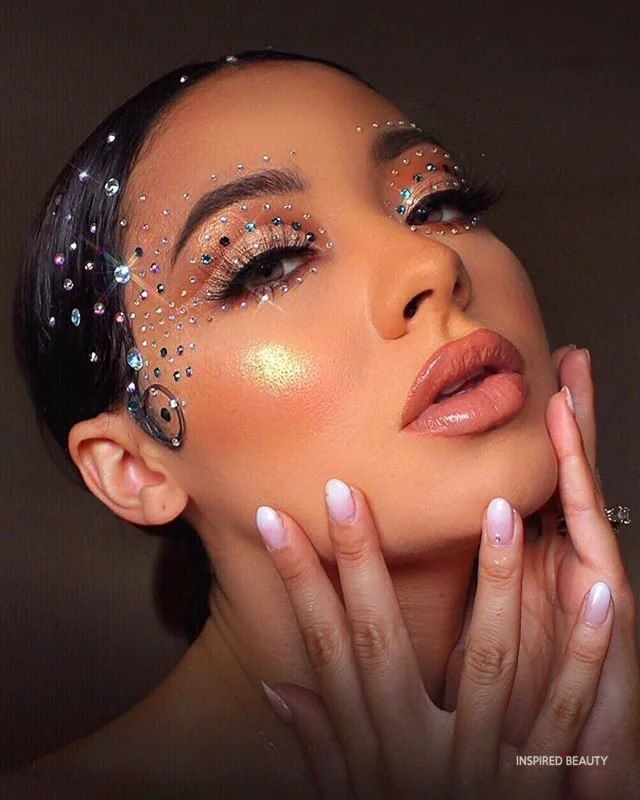360° Financial Trend Detection
360° Financial Trend Detection
There’s a strange, almost comical article making the rounds that attempts to draw a parallel between Bitcoin’s market cycle and the casting changes for HBO’s Euphoria. While the comparison is clumsy, it stumbles upon a kernel of truth. Both entities are defined by periods of intense, speculative fervor—a state of "euphoria"—followed by volatility and uncertainty. The crypto market’s Net Unrealized Profit/Loss (NUPL) metric currently indicates that 97% of Bitcoin supply is in profit, a classic signal of a potential market top.
The Euphoria brand, in its own way, is facing a similar inflection point. After a period of absolute cultural dominance, its core asset—the show itself—is entering a phase of significant risk. Production on its third and final season has been protracted. The narrative will reportedly feature a major time jump, a device that often alienates an established audience. And most critically, the ensemble is being fundamentally re-engineered.
This brings us to the central question for anyone analyzing the value of a cultural property. Has the Euphoria brand become a decentralized portfolio, where the value has already been transferred to its individual components—the actors—or does the mothership still hold the key to generating future returns? The data suggests the former.
The 2025 Toronto International Film Festival (TIFF) provided the clearest evidence of this decentralization. It wasn't a festival featuring a Euphoria star; it was a festival practically underwritten by them. Four of the show’s principal actors appeared with high-profile, independent projects, each representing a distinct and calculated career pivot.
Sydney Sweeney, arguably the show’s biggest breakout, is leading a sports biopic, Christy, for which she physically transformed (reportedly gaining 30 pounds for the role). Maude Apatow is making her directorial debut with Poetic License, starring her own mother. Jacob Elordi is earning critical praise for his role as Frankenstein's monster in a Guillermo del Toro production for Netflix. Even Barbie Ferreira, who is confirmed not to be returning for Season 3, premiered an indie film, Mile End Kicks.

I've analyzed the career trajectories of ensembles from dozens of culturally significant shows, and this level of simultaneous, high-prestige breakout is a genuine outlier. It’s not just a few actors getting supporting roles; it's a near-complete diversification of the primary talent into leading, creative, and critically-acclaimed ventures.
Think of the Euphoria cast as a venture capital portfolio. HBO made the initial seed investment, and for two seasons, the fund generated massive returns as a single entity. Now, however, the most successful companies within that portfolio are having their own IPOs. Sweeney is trading on the "prestige biopic" exchange, Elordi on the "auteur-driven horror" market, and Apatow on the "indie darling director" index. The question for the original fund—HBO—is what tangible value remains when your primary assets are now trading independently and successfully on their own?
While the portfolio components are soaring, the core asset is showing signs of instability. The announcement that the final season will proceed without several key actors—seven, to be more exact—is a material event. The departure of Barbie Ferreira was public knowledge, but the loss of a significant portion of the main cast represents a fundamental alteration of the product. How do you model the value of a show about a specific group of interconnected teens when a substantial part of that group is simply gone?
This is where the anecdotal data becomes interesting. Rumors are circulating, seemingly confirmed by the personality herself, that internet provocateur Trisha Paytas has filmed scenes for the new season. From an analytical perspective, this is a fascinating variable. Is this a "shark jumping" moment, a sign that the show is leaning into stunt casting to generate buzz? Or is it a calculated move to capture a new demographic and leverage online discourse as free marketing? We don't have enough information to know, but it signals a departure from the original formula that made the show a critical success.
This move, combined with the major time jump, introduces an enormous amount of execution risk. The show's initial value was derived from its raw, claustrophobic portrayal of a specific moment in adolescence. By jumping forward in time and replacing established characters with new or unconventional faces, the producers are betting that the Euphoria brand itself, rather than the specific stories and faces that built it, is what draws an audience. It's a high-stakes gamble on brand loyalty in a market notorious for its lack of it. Can the show's aesthetic and Zendaya's central performance carry the entire enterprise without the intricate web of characters that made the first two seasons so compelling?
My analysis suggests the market has already priced in the success of the individual actors. The Euphoria brand is no longer a singular, high-growth entity; it is now a holding company for the burgeoning careers of Sweeney, Elordi, Apatow, and Zendaya. Season 3 is not a victory lap. It is a stress test. It is a final, high-risk attempt to prove that the original asset has any intrinsic value left, or if all the alpha has already been extracted and distributed to its spin-offs. The risk of a significant correction in the cultural valuation of the show itself is high, even as its individual stars continue to hit new peaks.